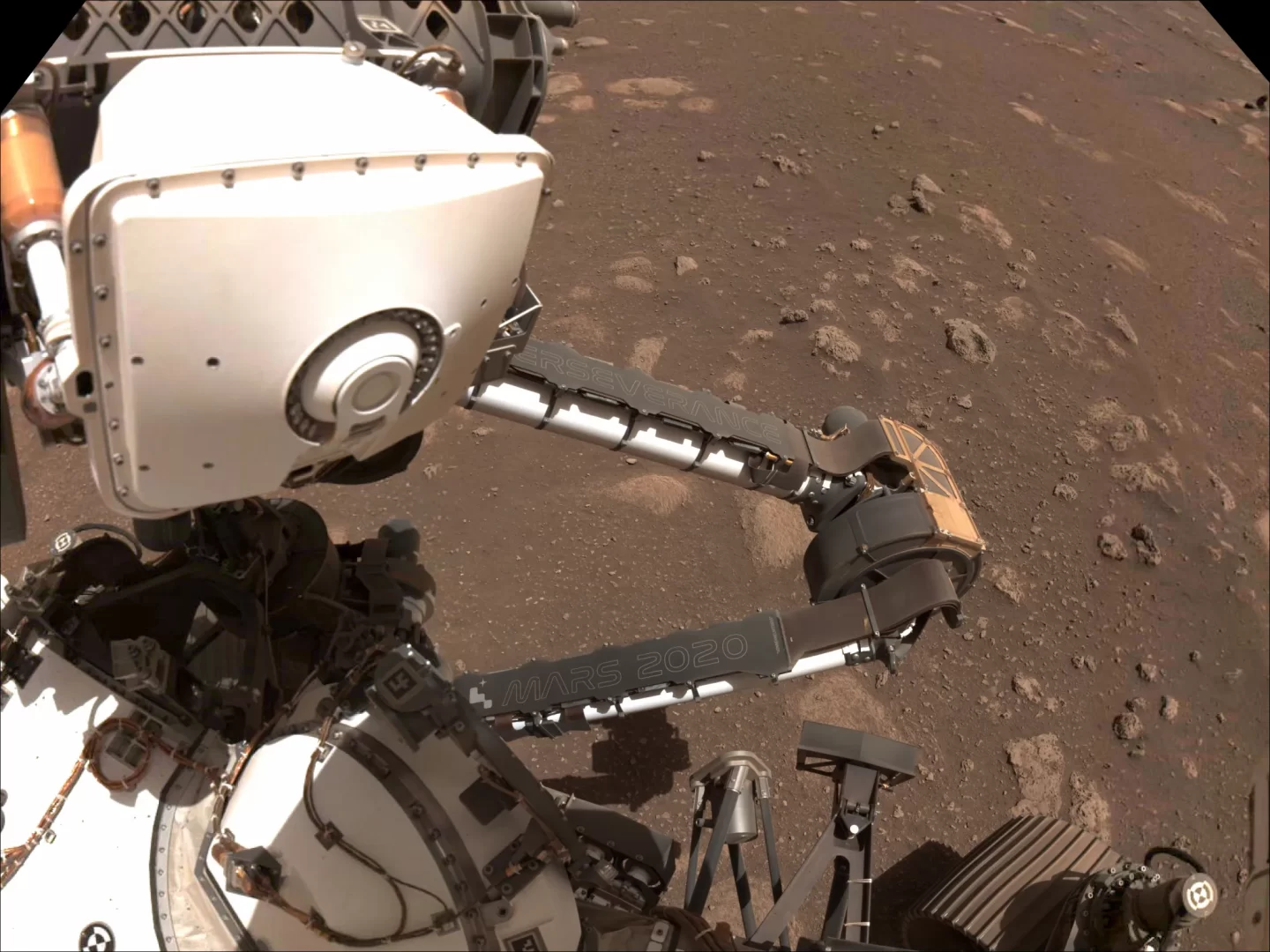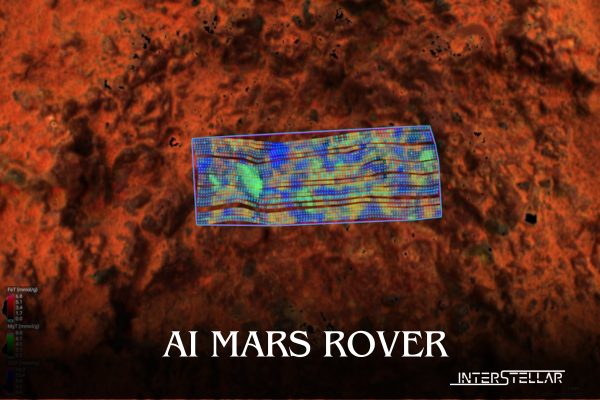AI and Space Exploration: Advancements with NASA’s Perseverance Rover
Some scientists dream of exploring planets with “smart” spacecraft that know exactly what data to look for, where to find it, and how to analyse it. Although making that dream a reality will take time, advances made with NASA’s Perseverance Mars rover offer promising steps in that direction.
For almost three years, the rover mission has been testing a form of artificial intelligence (AI) that seeks out minerals in the Red Planet’s rocks. This marks the first time AI has been used on Mars to make autonomous decisions based on real-time analysis of rock composition.

PIXL and Adaptive Sampling
PIXL (Planetary Instrument for X-ray Lithochemistry) is a spectrometer developed by NASA’s Jet Propulsion Laboratory (JPL) in Southern California. By mapping the chemical composition of minerals across a rock’s surface, PIXL allows scientists to determine if the rock formed in conditions that could have supported microbial life in Mars’ ancient past. The AI software, called “adaptive sampling,” autonomously positions the instrument close to a rock target. It then examines PIXL’s scans to find minerals worth examining more deeply. This process is done in real time, without the rover communicating with mission controllers back on Earth.
“We use PIXL’s AI to home in on key science,” said Abigail Allwood, PIXL’s principal investigator at JPL. “Without it, you’d see a hint of something interesting in the data and then need to rescan the rock to study it more. This lets PIXL reach a conclusion without humans examining the data.”
The Role of AI in Positioning PIXL
AI assists PIXL in two crucial ways. Firstly, it helps position the instrument precisely near a rock target. Located at the end of Perseverance’s robotic arm, the spectrometer sits on six tiny robotic legs, called a hexapod. PIXL’s camera repeatedly checks the distance between the instrument and a rock target to aid with positioning. Temperature swings on Mars can cause Perseverance’s arm to expand or contract slightly, which can affect PIXL’s aim. The hexapod automatically adjusts the instrument to get it exceptionally close without touching the rock.
“We have to make adjustments on the scale of micrometers to get the accuracy we need,” Allwood said. “It gets close enough to the rock to raise the hairs on the back of an engineer’s neck.”
Creating a Mineral Map with AI
Once PIXL is in position, another AI system takes over. PIXL scans a postage-stamp-size area of a rock, firing an X-ray beam thousands of times to create a grid of microscopic dots. Each dot reveals information about the chemical composition of the minerals present. Depending on the rock, scientists might look for carbonates, which hide clues to how water may have formed the rock, or they may search for phosphates, which could have provided nutrients for microbes in the Martian past.
The AI system can autonomously stop to gather more data when it finds certain minerals, a process called a “long dwell.” As the system improves through machine learning, the list of minerals on which PIXL can focus with a long dwell grows.
“PIXL is kind of a Swiss army knife in that it can be configured depending on what the scientists are looking for at a given time,” said David Thompson from JPL. “Mars is a great place to test out AI since we have regular communications each day, giving us a chance to make tweaks along the way.”
Future of AI in Space Exploration
The Perseverance mission is paving the way for future space exploration. When future missions travel deeper into the solar system, they will be out of contact for longer periods than missions currently are on Mars. Developing more autonomy for missions will be crucial as they conduct science for the benefit of humanity.
Focus on Astrobiology
A key objective for Perseverance’s mission on Mars is astrobiology, including the search for signs of ancient microbial life. The rover will characterise the planet’s geology and past climate, pave the way for human exploration of Mars, and be the first mission to collect and cache Martian rock and regolith (broken rock and dust). Subsequent NASA missions, in cooperation with the European Space Agency (ESA), will collect these sealed samples from the surface and return them to Earth for in-depth analysis.
The Mars 2020 Perseverance mission is part of NASA’s Moon to Mars exploration approach, which includes Artemis missions to the Moon that will help prepare for human exploration of the Red Planet. JPL, managed for NASA by Caltech in Pasadena, California, built and manages the operations of the Perseverance rover.


